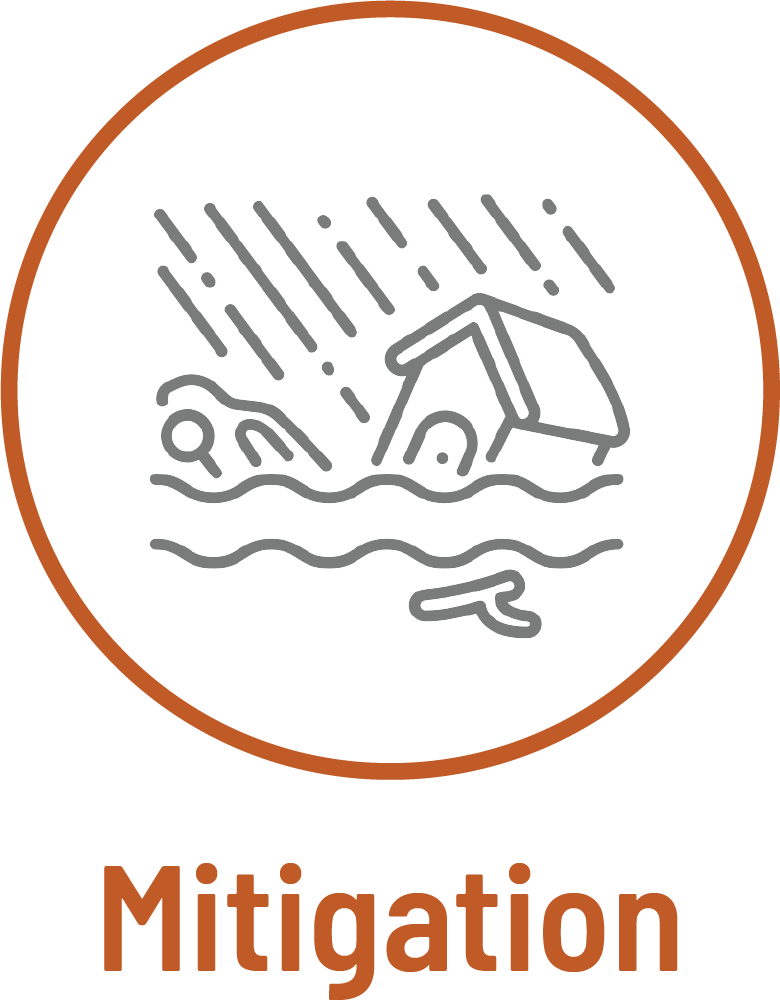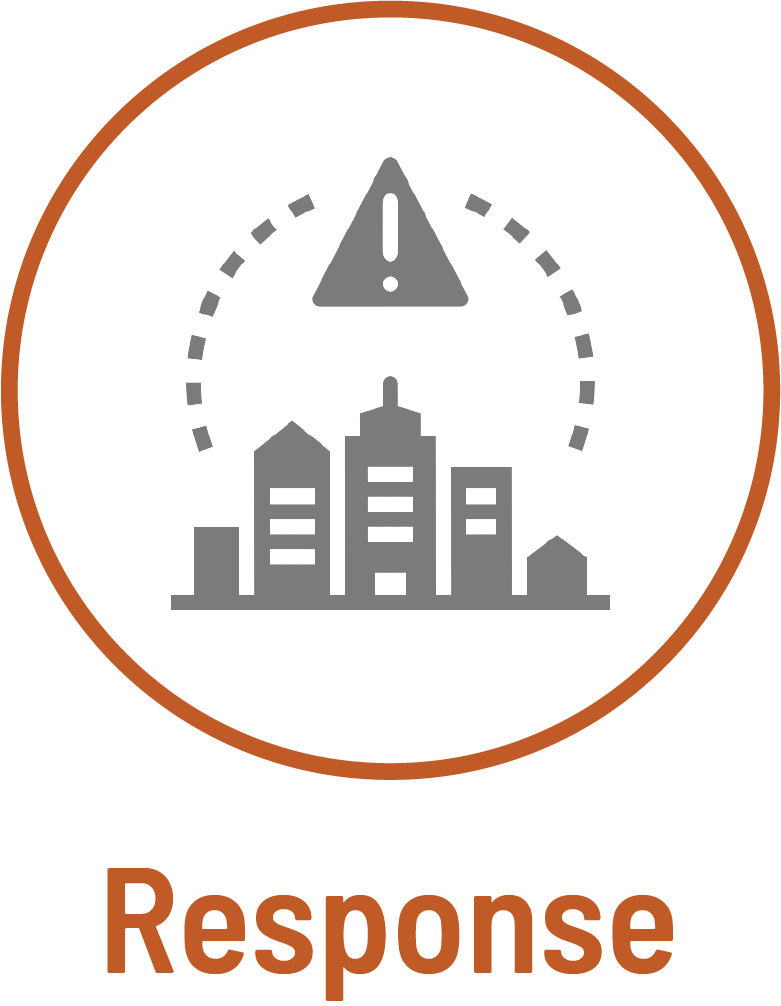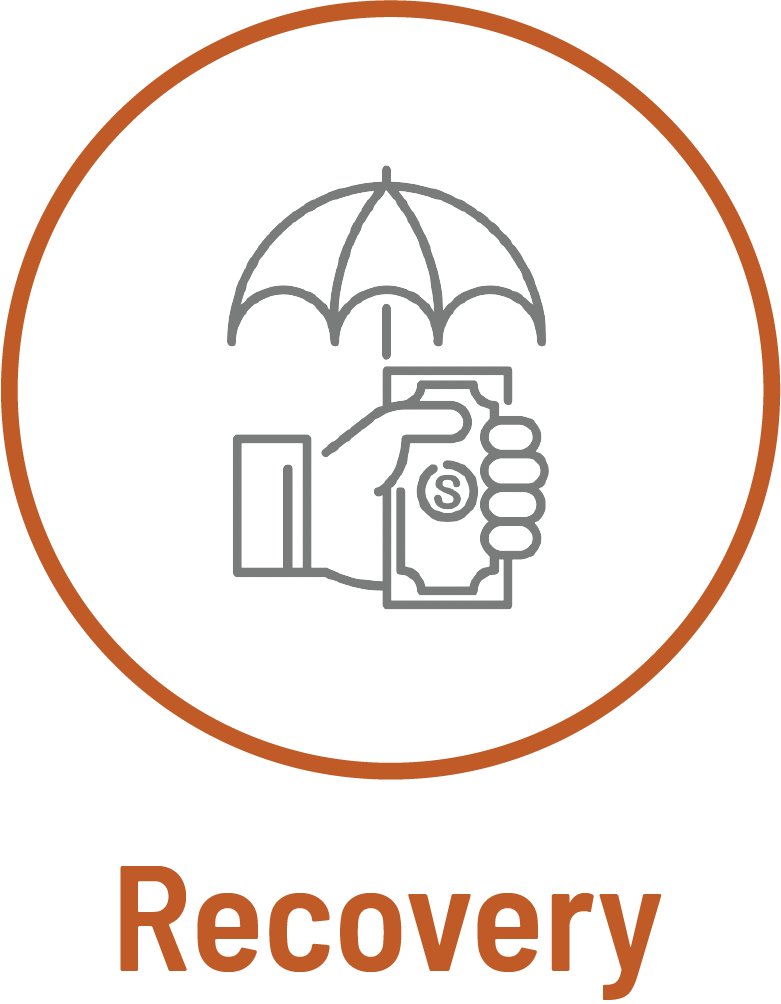How Small Business Owners Can Prepare for Floods
Helping you keep your doors open
Planning and preparing can help small business owners keep their doors open after a flood happens. These links are the top three most useful resources:
1. The FEMA Ready Business Program offers businesses step-by-step guides on how to identify risks and build preparedness and mitigation plans. The Ready Business Hurricane Toolkit (Spanish version), Ready Business Inland Flooding Toolkit (Spanish version), and Ready Business Power Outage Toolkit (Spanish version) help businesses protect their employees and customers.
2. America’s PrepareAthon! Campaign’s Prepare Your Organization for a Hurricane Playbook provides tools and practice plans for owners to use when preparing their businesses for a hurricane.
3. The Corporate Citizenship Center’s Community Resilience and Disaster Response program includes resources such as the Disaster Help Desk for Business, Employee Assistance Funds, and Resilience in a Box.
Develop an Emergency Management Program
A good emergency management program can help a small business recover quickly. An emergency management program protects a business’s employees and stabilizes the emergency. These links are useful resources for tips on how to develop an emergency management program:
-
- Tips on how to develop and implement a disaster recovery plan.
- Tips on how to develop an emergency response plan.
- Tips on how to develop an emergency action plan.
- Tips on and templates of a disaster recovery plan.
- The EZ-PREP guide helps small businesses prepare for a severe weather emergency using an emergency preparedness and response plan. The PDF can be found here.
Develop a Business Continuity Plan
A business continuity program allows for important business activities to continue when faced with a crisis. Emergency management programs (also known as emergency preparedness, emergency response, and disaster recovery) and business continuity programs can be paired together. Employees and/or owners can meet and develop, edit, and update plans that are about common areas of interest [3].
These links are useful resources for tips on how to develop a business continuity plan:
-
- Ready Business’s guide on business continuity planning development.
-
- The Open for Business-EZ (OFB-EZ) toolkit offers steps that a small business can take to create and maintain a business continuity plan. The PDF can be found here.
-
- The Business Continuity Planning Suite tool offers extra help on how to build, improve, and update a business continuity plan.
-
- FEMA National Continuity Programs developed a Continuity Resource Toolkit to provide guidance on how to plan for continuity of operations using the Continuity Guidance Circular (CGC).
References:
[3] Halsne J. Integrating business continuity, emergency preparedness and emergency response: How these seemingly different disciplines can come together to make a comprehensive integrated programme. Journal of Business Continuity & Emergency Planning. 2014;8(14):307-316.
Develop an Emergency Communications Plan
It is important for small businesses to be able to deliver messages to their customers, employees, and neighbors. For example, business owners may communicate with residents in their communities via email, a website, news media, or social media. These links are useful resources for tips on how to develop an emergency communications plan:
-
- Tips on how to develop an emergency response plan, business continuity plan, and emergency communication plan can be found here. This comprehensive guide can be used with the Business Resiliency Plan workbook and the Emergency Procedures workbook found here. The “Keeping the Lights On” Small Business Resiliency Webinar can be found here.
Develop an Information Technology (IT) Recovery Plan
Small businesses should know what to do if and when their information technology stops working. This link is a useful resource for tips on how to develop an IT recovery plan:
Planning and Preparing as a Small Rural Business
Small businesses in rural communities need to be prepared for a disaster. These links are useful resources specific for rural communities:
-
- This USDA Rural Development Guide helps small rural businesses become more resilient by planning and preparing for future disasters.
- The Business & Industry Loan Guarantees Program offers guaranteed loans to businesses located in small rural areas.
- The Intermediary Relending Program provides opportunities for businesses in small rural communities to apply for loans from local lenders to keep and create jobs.
Contact us
The Technology & Information Policy Institute main office is in the Jesse H. Jones Communication Center, Building A. We are part of the Moody College of Communication.
Find Us
2504 Whitis Ave.
CMA 5.102
Austin, TX 78712
Phone
512-471-5826
Social
Twitter: @texastipi
Facebook: @texastipi



